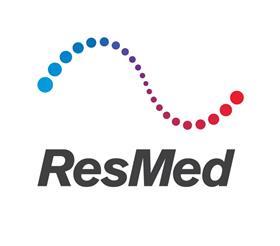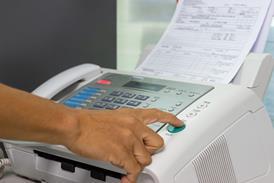ResMed’s sleep and respiratory digital health solutions streamline patient care, cut costs, and empower clinicians, highlighting the urgent need for a supportive healthcare reimbursement framework.
Reimbursement of digital health technologies plays a pivotal role in incentivising healthcare providers and commissioners to embrace, promote and scale adoption of DHTs in the NHS. Incentivising digitally-enabled pathways will encourage the system to integrate DHTs into its practices, leading to improved patient care, increased efficiency, cost savings, and better data-driven decision-making. To support the national rollout of DHTs and enable the government to meet its target of “transformed care delivery” by 2028[1], a specific tariff code is needed for remote monitoring and digitalised care pathways.
Sponsored by
Emily Martin, respiratory physiotherapist at a major London Hospital, explains how ResMed’s solutions helped keep patients out of hospital and free up capacity. She said: “Using ResMed’s AirviewTM to remotely manage patients has lowered our ‘did not attend’ rate for treatment by 20 per cent, which allowed faster patient set-ups and most importantly, helped reduce our waiting lists.” The time efficiencies gained using ResMed’s AirView can lead to a 33 per cent to 59 per cent reduction in the time spent with each patient compared with normal sleep clinic services. For example, some sleep centres realised as much as a 58 per cent reduction in clinicians time and costs per patient, allowing for more efficient use of existing clinic capacity and budget[2].
ResMed’s solutions have also supported Emily and the team to better utilise their monitoring data for effective management of their large patient population. She commented, “Clinical decision-making is much easier when you have more data to work with. We used ResMed’s Insights Report tool to segment our patient population based on their adherence to therapy and clinical needs, triaging suitable patients into our “patient-initiated follow-up” pathway. This has enabled us to manage 30 per cent of our patients through PIFU, which reduces unnecessary face-to-face appointments and encourages patients to take control of their health while being reassured we are still there to support them.”
While the potential benefits of DHTs are undeniable, one of the most significant hurdles is the cost associated with redesigning processes to adopt and maintain these technologies. Having a national reimbursement framework will assure healthcare providers and commissioners that their investments will be recouped, meaning they are more likely to commit to the changes. This helps offset the costs associated with purchasing and implementing DHTs, making it more attractive for healthcare providers to invest in these technologies. Emily added: “If there was greater uptake of remote monitoring and PIFU thanks to DHT reimbursement, then I would say it will help provide sustainable care by freeing clinic space for those that need it the most – saving time and money in the process.”
Reimbursement mechanisms will alleviate financial concerns and pave the way for a healthcare landscape that is efficient, patient-centred, and technologically advanced.
Reference
[1] NHS England. A plan for digital health and social care. [Available here]
[2] ResMed. Boosting sleep clinic capacity with ResMed Air Solutions. 2015; Anttalainen, U, et al. Telemonitoring of CPAP therapy may save nursing time. Sleep Breath, 2016. 20(4): p. 1209-1215; Munafo, D, et al. A telehealth program for CPAP adherence reduces labour and yields similar adherence and efficacy when compared to standard of care. Sleep Breath, 2016. 20(2): p. 777-85.

























